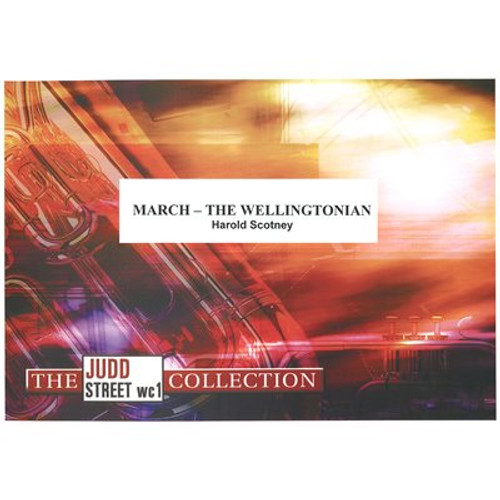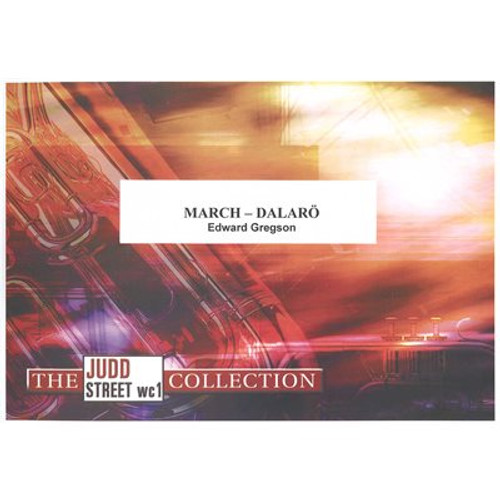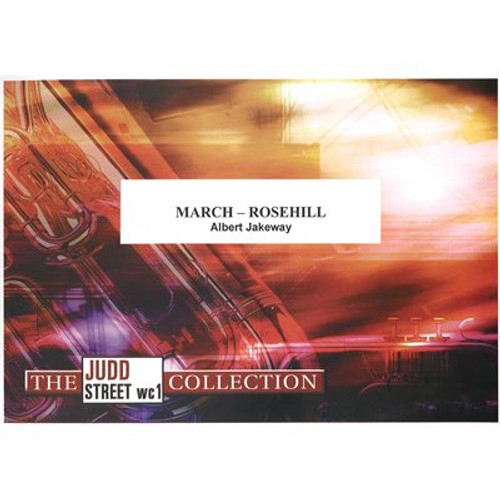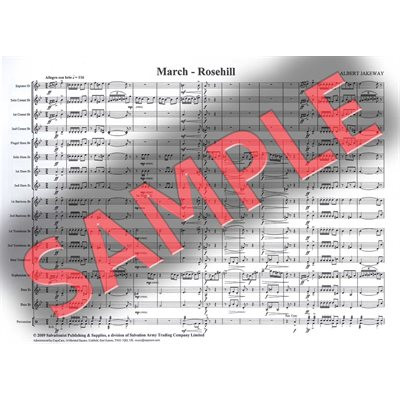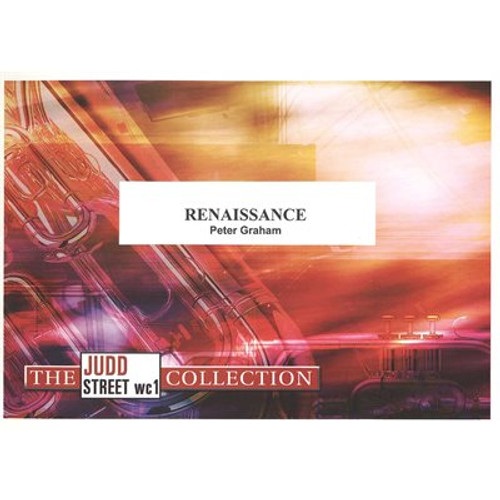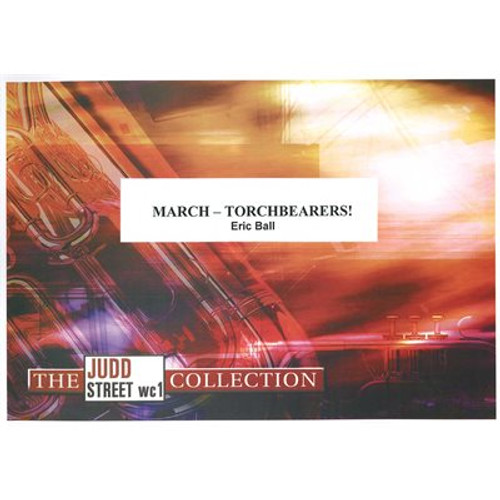Product Description
Comments by Colonel Bramwell Coles
Bandmaster Harold Scotney, of New Zealand, is well-known as the writer of several marches for The Salvation Army Band Journals. This may be his most popular contribution.
There is an energetic introduction in Eb of eight bars length in 4/4 time, during which the top cornets and other principal instruments are kept fairly busy. Precision is, of course, a primary necessity, and the various accents shown on the score will need proper attention.
At A appears, in the middle register of the band, the Army song A robe of white, while against this more steadily moving air is a well-contrasted active melody in the cornets. This requires are light tough; there must be nothing labored about it. There will also be found in the horns, in the form of a counter-melody, part of the chorus Come, oh come, while Jesus calls for thee. See that this has its due place.
B section brings more weighty music with a more deliberately moving melody; there are, however, two bars of a subdued character interspersed where the air goes over to the horns. Insist on the band getting right down to this piano; such effects are sometimes entirely lost through non-observance of the indications. The unison figure for the bass end just before C must be presented with precision and power.
There is an original bass solo at C, which calls for smart execution on the part of the players if is to be effective. It is of a vigorous and active character, and with a smart trumpeting above it, can be made to tell.
Two bars serve as an introduction to the trio at D. These bars, be it noted, contain a rise in volume in place of the more usual diminuendo. This means that there must be an abrupt drop in the piano on which the trio starts.
The air here, which is of a sustained vocal character is given to the baritones and euphonium the top horns having a part in duet. A vigorous episode is introduced at E of a nature which is becoming usual in this type of march. Trumpet-like figures on cornets and trombones are answers by energetic responses form the rest of the band. The last four bars will need agility in the part of the basses.
A return to the trio comes at F, the melody this time being in the cornets, solo horn, and trombones. Give due prominence to the duet instruments ᄀᆰ 2nd cornet, flugel, 1st horn, and 1st baritone ᄀᆰ and see that the whole section is given in a well-sustained cantabile style. (view series guide)
Produced by The Salvation Army, SP&S, UK

